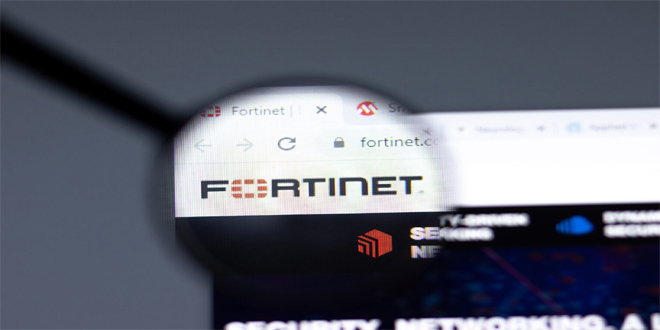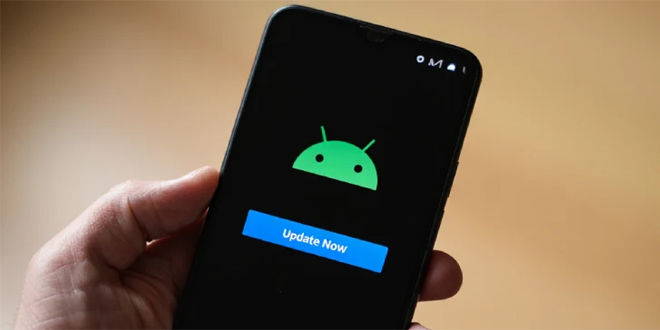Fortinet on Monday warned customers that a recently patched vulnerability, tracked as CVE-2023-27997, could be a zero-day flaw that has been exploited in limited attacks.
The vulnerability, which is a critical heap-based buffer overflow in the SSL-VPN module, can allow a remote hacker to execute arbitrary code or commands using specifically crafted requests.
By infosecbulletin
/ Wednesday , September 17 2025
A threat actor claims to have breached Link3, a major IT solutions and internet service provider based in Bangladesh. The...
Read More
By infosecbulletin
/ Wednesday , September 17 2025
Check point, a cyber security solutions provider hosts an event titled "securing the hyperconnected world in the AI era" at...
Read More
By infosecbulletin
/ Tuesday , September 16 2025
Cross-Site Scripting (XSS) is one of the oldest and most persistent vulnerabilities in modern applications. Despite being recognized for over...
Read More
By infosecbulletin
/ Monday , September 15 2025
Every day a lot of cyberattack happen around the world including ransomware, Malware attack, data breaches, website defacement and so...
Read More
By infosecbulletin
/ Monday , September 15 2025
A critical permission misconfiguration in the IBM QRadar Security Information and Event Management (SIEM) platform could allow local privileged users...
Read More
By infosecbulletin
/ Monday , September 15 2025
Australian banks are now using bots to combat scammers. These bots mimic potential victims to gather real-time information and drain...
Read More
By infosecbulletin
/ Saturday , September 13 2025
F5 plans to acquire CalypsoAI, which offers adaptive AI security solutions. CalypsoAI's technology will be added to F5's Application Delivery...
Read More
By infosecbulletin
/ Saturday , September 13 2025
The Villager framework, an AI-powered penetration testing tool, integrates Kali Linux tools with DeepSeek AI to automate cyber attack processes....
Read More
By infosecbulletin
/ Saturday , September 13 2025
Samsung released its monthly Android security updates, addressing a vulnerability exploited in zero-day attacks. CVE-2025-21043 (CVSS score: 8.8) is a...
Read More
By infosecbulletin
/ Saturday , September 13 2025
Albania has appointed the first AI-generated government minister to help eliminate corruption. Diella, the digital assistant meaning Sun, has been...
Read More
ALSO READ:
Microsoft Warns of AitM Phishing Attacks Against Financial Organizations
Fortinet confirmed that the vulnerability was reported to the company by researchers Charles Fol and Dany Bach from French cybersecurity firm Lexfo. The company also confirmed that the vulnerability has been patched in the latest FortiOS and FortiProxy updates.
However, Fortinet said that it is possible that the vulnerability has already been exploited by attackers in limited cases. The company is working with customers to monitor the situation and is urging customers to upgrade to the latest firmware as soon as possible.
The vulnerability is not believed to be related to the Volt Typhoon campaign, which was detailed by Microsoft in May. The Volt Typhoon campaign is a Chinese state-sponsored operation that has been targeting critical infrastructure organizations in the US territory of Guam. Microsoft said that the hackers exploited internet-exposed Fortinet FortiGuard firewalls for initial access. Fortinet believes that the Volt Typhoon campaign has exploited CVE-2022-40684, a security hole that has been widely exploited for initial access since at least the fall of 2022.
Fortinet customers are advised to upgrade to the latest firmware as soon as possible to protect themselves from this vulnerability. The latest firmware can be found on Fortinet’s website.
In addition to upgrading their firmware, Fortinet customers should also implement other security measures to protect themselves from attack, such as using strong passwords, enabling multi-factor authentication, and keeping their software up to date.
Source: FortiGuard labs
 InfoSecBulletin Cybersecurity for mankind
InfoSecBulletin Cybersecurity for mankind














